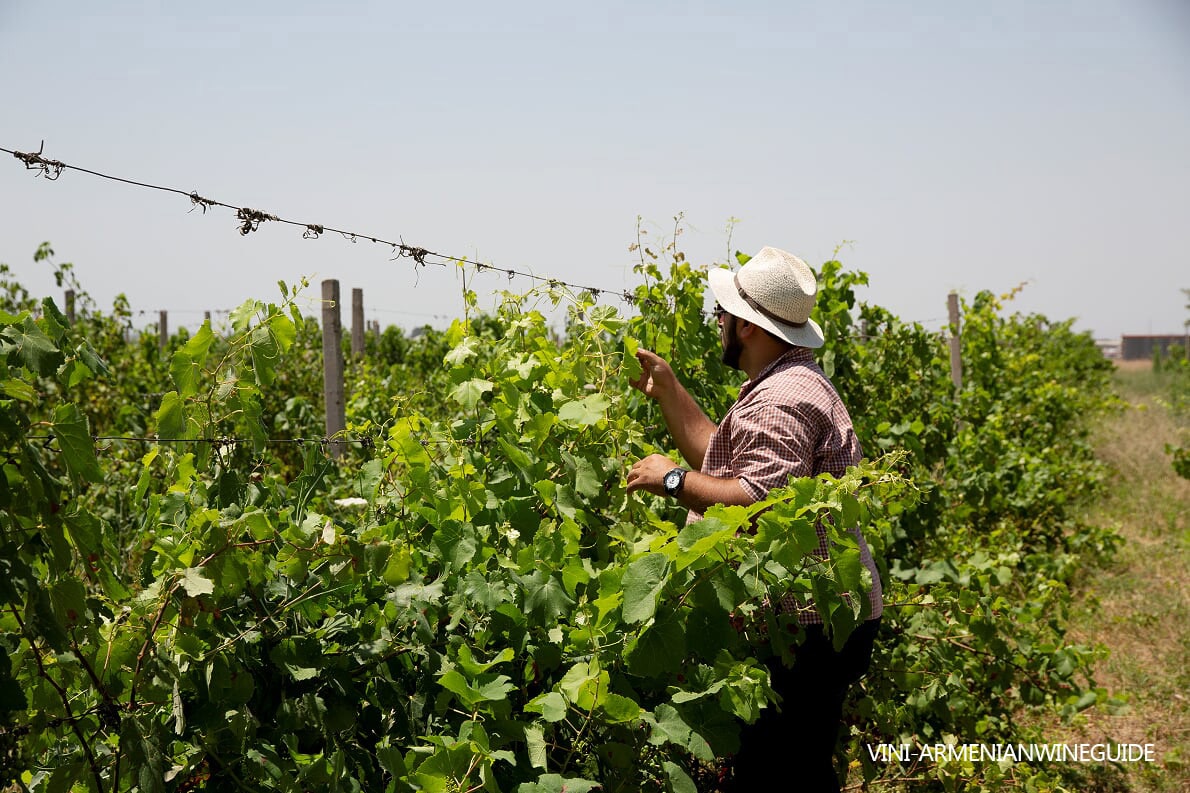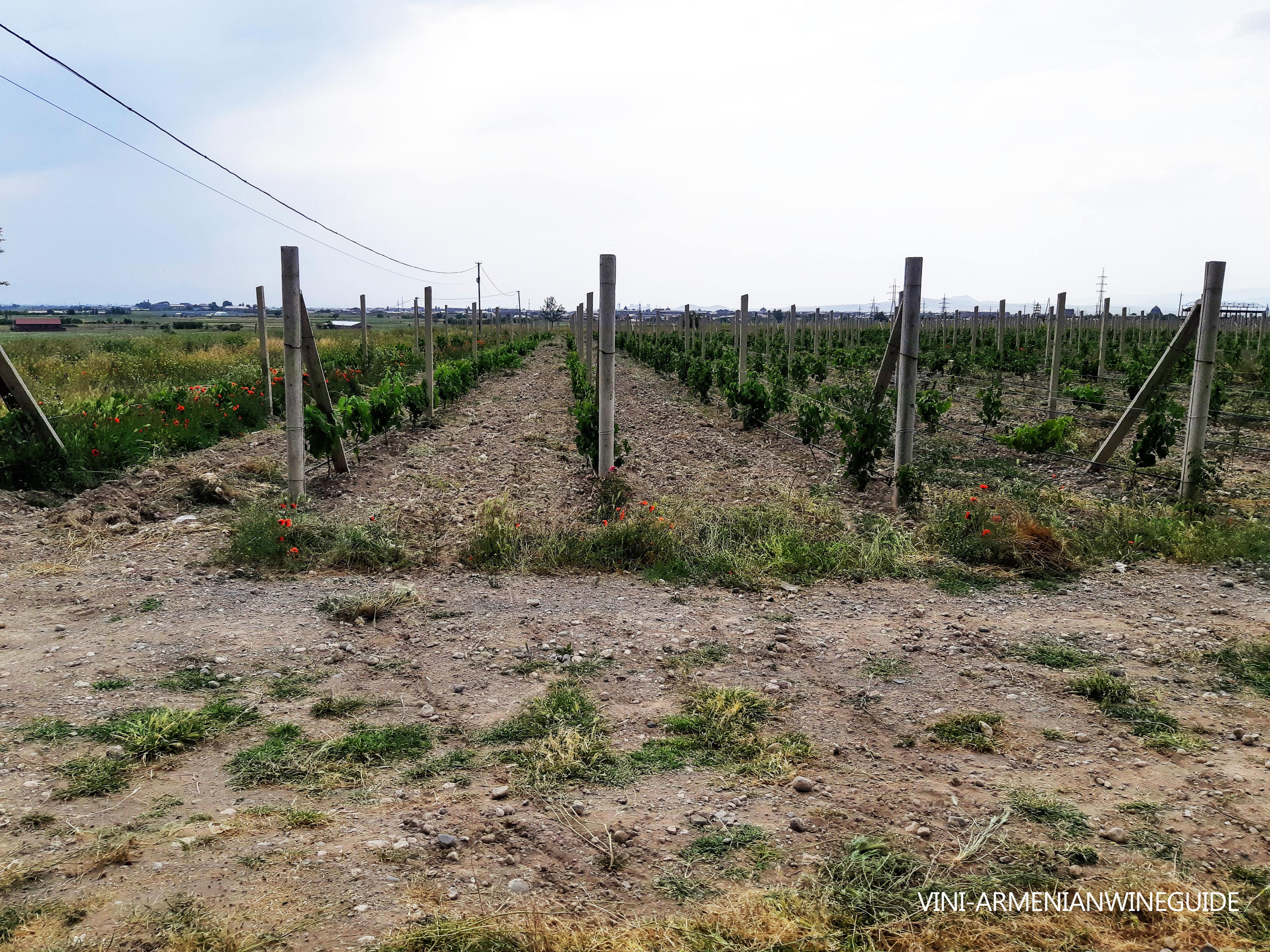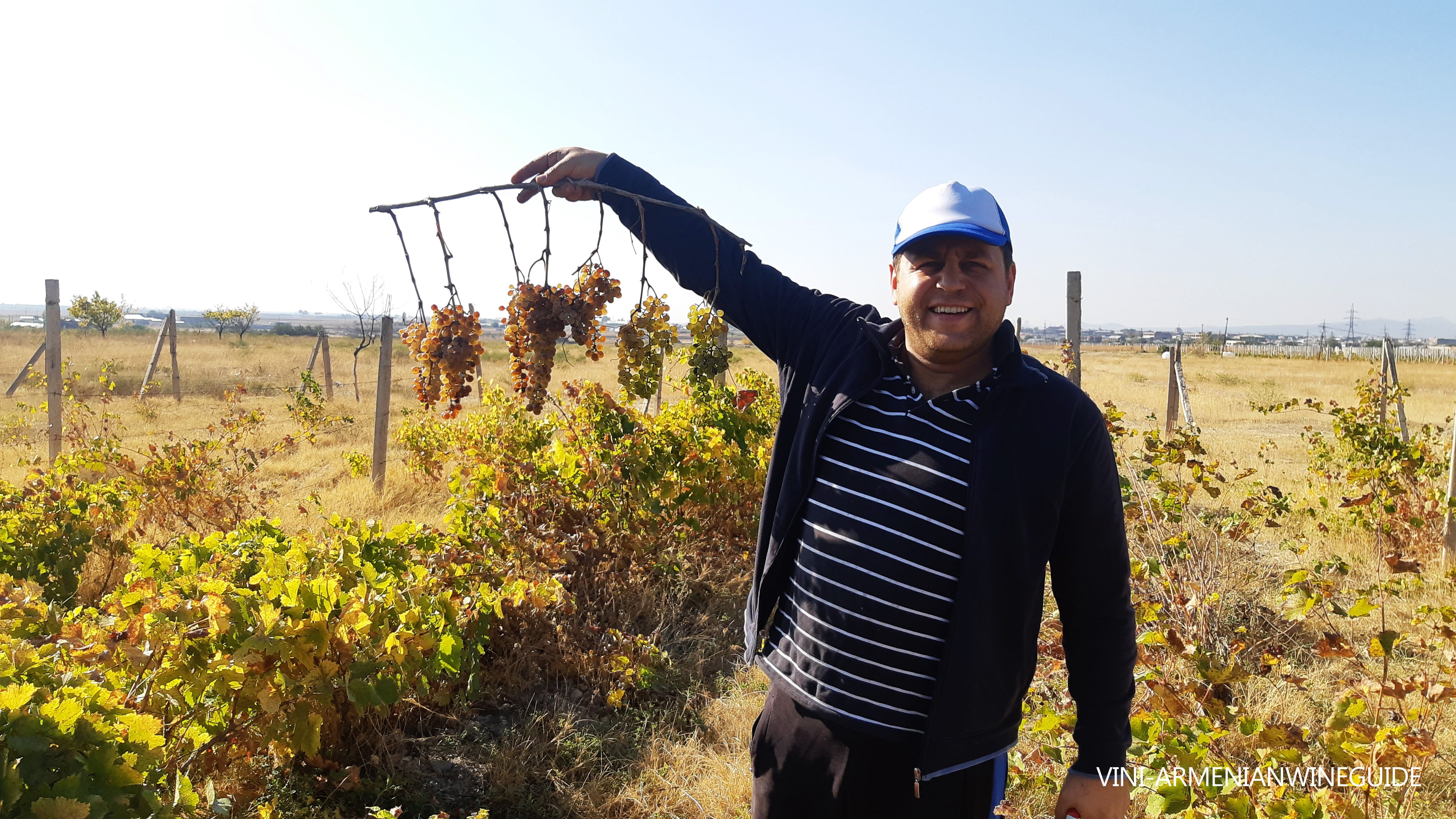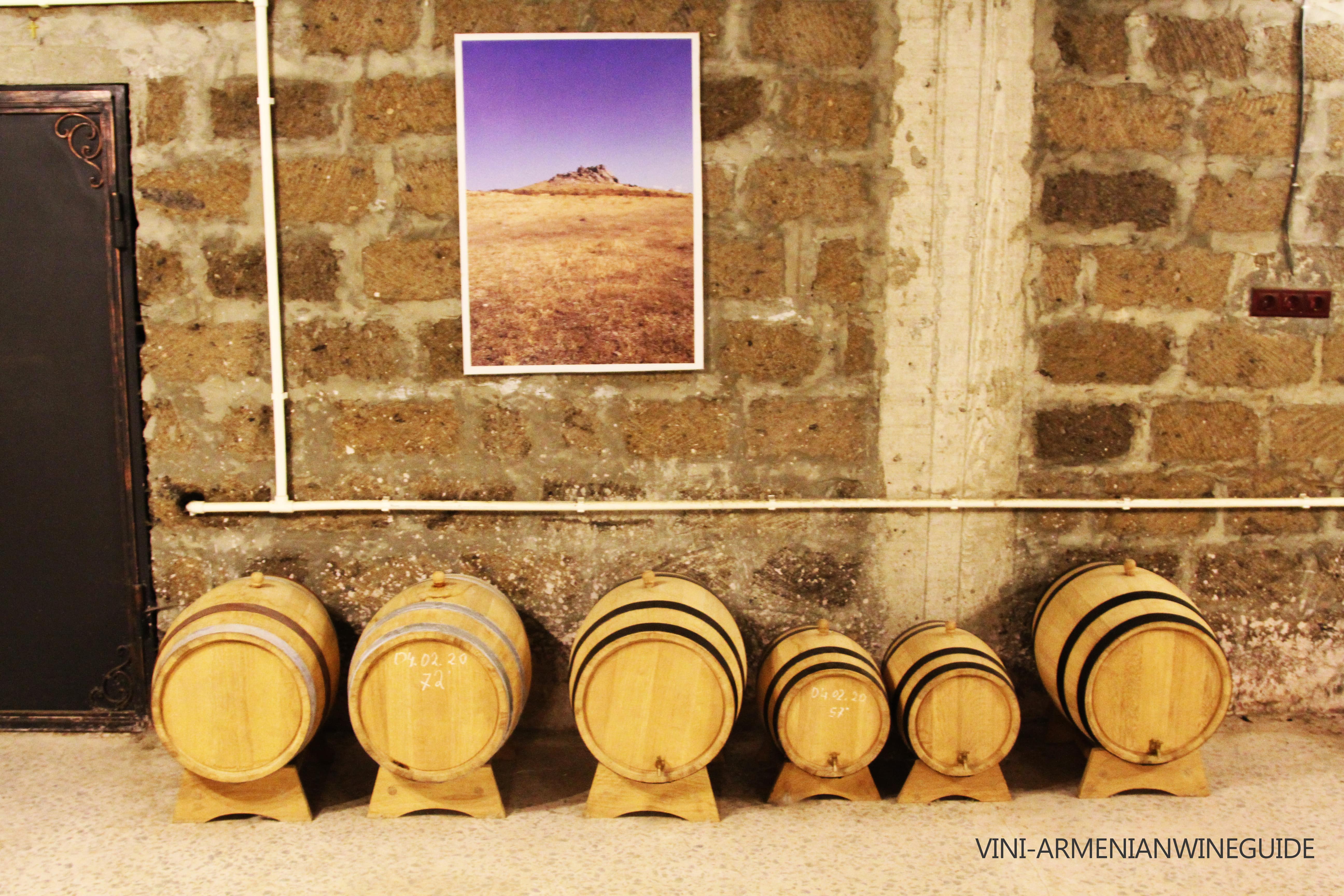
He had a burning desire to live. He thought he was thirsty, so he drank wine.
The lust for life and thirst are two parallels that constantly torment the human soul. The first is in the spiritual domain, while the second is purely biological.
He survived the horrors of the 1915 Genocide, losing the paternal home and meaning of life, the vineyards, stayed alive by miracle and found himself in a foreign country. He still stayed human and pulled himself together, re-started his life and created everything from scratch. This is a real lust for life. And he could only satisfy it by creating and drinking his own wine.
The spiritual origin of Gevorg Machanyan's thirst for life was so deep and genuine that it passed on to the fourth generation of the Machanyan family with the same intensity.
Oftentimes, a winemaker produces wine similar to himself, without even realizing it. Just like children resemble their parents, the character of Alluria is the essence of the very Machanyan family.
The best wines of Alluria are born by chance, yet they have a pure and beautiful soul. The wine is unique with its wild and unpredicted character, mixed with the extremes of nature. Alluria doesn't want to be the perfect wine; it wants to be crazy, and every sip has to deeply touch any soul.
And only one such sip can quench the burning desire for life and thirst for a drink.
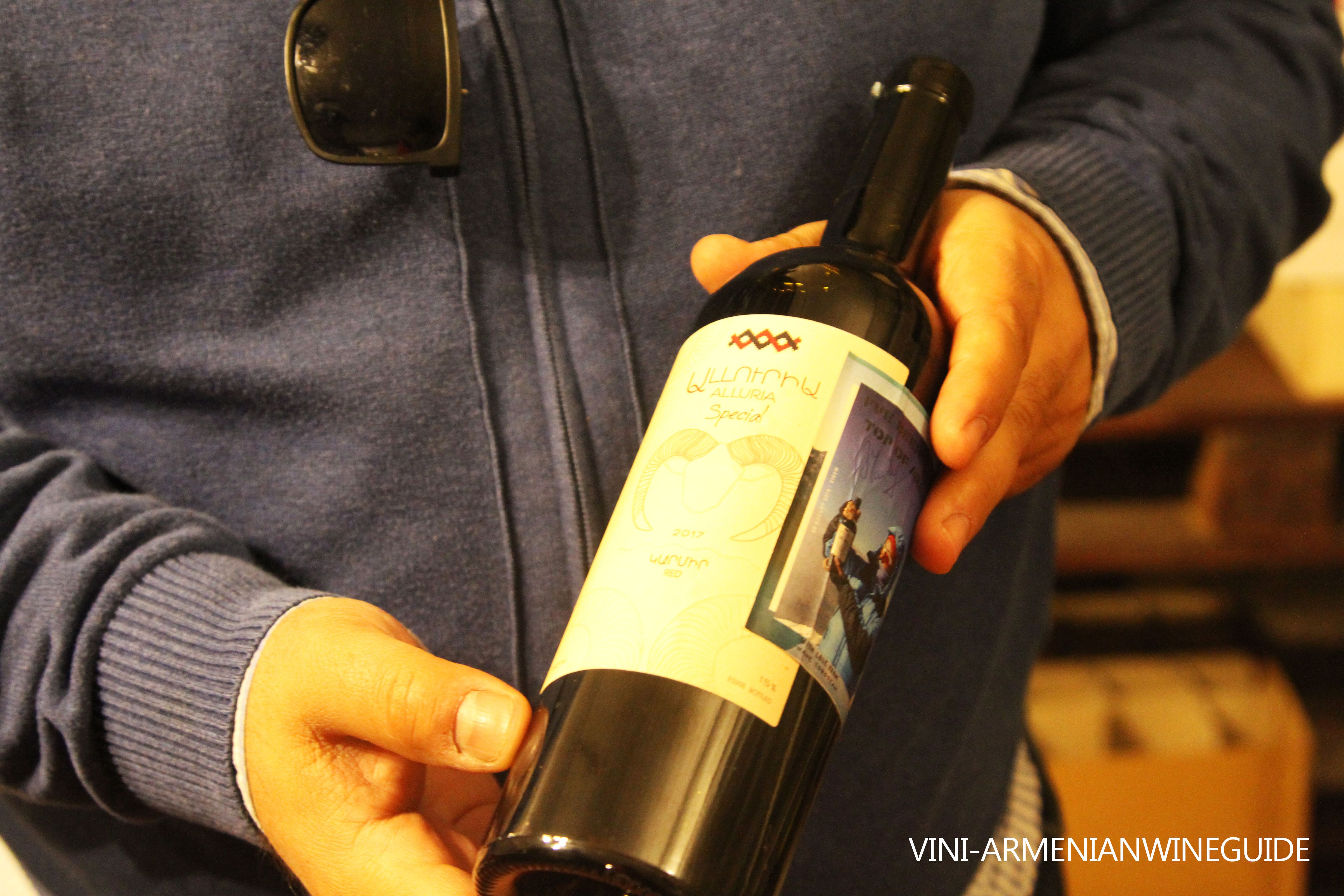
The Machanyan vineyards are deeply rooted in history. They come from a small native Armenian village of Allur in the historical Western Armenia (modern Eastern Turkey). The vineyards were planted here by the entrance of the village, on the hillside, since time immemorial and were cultivated by the great-grandfather of the current owners of the winery, Gevorg Machanyan.
Today, the village of Allur (modern Alakoy) is fully Kurdish. Geographically, it is near the Lake Van, where the Allur River originates. Since ancient times, the representatives of the Machanyan family were engaged in horse breeding, viticulture and winemaking here.
Moving to Echmiadzin after the Genocide, Gevorg Machanyan planted new vineyards by the house and cultivated them as a hobby. He produced only white wine. The son continued his father’s glorious cause. Gevorg’s grandson, in his turn, increased production in 1998 and started to make red wine with Haghtanak and Karmrahyut grape varieties. In 2013, Gevorg’s great-grandsons, three Machanyan brothers, took over the family hobby to turn it into a successful family-run business.
In 2017, the three brothers made a pilgrimage to the historical homeland. They found the paternal vine and brought the family jewel, the life-changing plant, and planted it in the house garden. The brothers thus have a dream to grow a vineyard out of that one plant and produce an epic wine for the Machanyans family.
2015 is the official date for foundation of Alluria, the winery with the same name.
Today the winery with a years-old history and experience steps to another level of development; the current owners combine the historical skills of their ancestors, gained through experiments and mistakes with innovative views and bold creativity.
The Alluria estate is indeed a classic example of a family-run winery, where every representative has his or her contribution.
Samvel and Aram were the first ones among the hereditary winemakers to receive academic knowledge in viticulture and winemaking at EVN Wine Academy of Armenia.
All the three Machanyan brothers - Samvel, Aram, and Hrachya - are involved in the creation and development of the Alluria brand and the estate in general. All other family members are also involved both in the winery and vineyards activities.
Samvel’s grandmother lives in this house all the time; it’s her home. Meanwhile, she has been making cheeses with her recipes for many years now, creating great eno-gastronomic pairings to their wines.
The motto of the family winery is “Renaissance of the family winemaking traditions." It is perfectly weaved into the family history, as the burning desire to live manifested not only to survive the Genocide but to rise from the ashes and continue the family enterprise.
The logo was created out of the ideas of the second eldest brother, Aram Machanyan. A black Latin letter M – the first letter of the family's last name, and a red W, are the expression of their wine as a piece of art. Weaved into each other, these two letters express a special symbol: the three peaks of the symbol are three Machanyan brothers, three crosses stand for the Christian aspect of what they do, and the 3 downward roots are the continuation of family of Alluria winemakers.
However, Aram’s didn't stop on this. He paid a special attention to the development of the label design. The head of a ram with an invisible face and long horns rises majestically above the quiet waters of the invisible Alluria River.
The head of the noble animal is a meaningful symbol, which is associated with representatives of the Aryan nation. At the same time, the horns symbolize their perseverance and thirst for life, the keenness to move forward steadfastly and proudly despite any challenge, paving their way along a thorny road. Not just to exist, but live big and work hard, create, preserving the traditions and family values.
The second idea behind the label is the natural origin of the wine production in the winery, like the origin of animals in the nature. The faceless animal featured on the label shows that everyone should have an individual approach to Alluria. It is drunk for a reason. It is never over and it keeps living in a man, leaving room for reflections
Alluria wine embodies the patience and hard work combined with the stubborn and unbridled Armenian character. The winery purchases grapes for wine from almost all winemaking regions of Armenia.
The estate has been cultivating 1hectare of wild vineyards of Haghtanak and Karmrahyut near the Sardarapat village in Armavir since 2013. 5-6 more hectares of younger vines of the same varieties, together with Voskehat and Garan Dmak, have been cultivated in Echmiatsin since 2017.
The winery purchases selected Areni grapes from the farmers of the famous Aghavnadzor village, Vayots Dzor. The autochthonous Khndoghni for the experimental line comes from the Askeran region, Artsakh.
Alluria cultivates the following grape varieties - Karmrahyut, Haghtanak, Khndoghni, Areni, as well as white variety of Voskehat, which grows in Aghavnadzor and in Aragatsotn- in smaller quantities.
The green harvest technique is applied in the vineyards which results in the yield decline to 5 t/ha.
The vineyards are managed in the European style. The irrigation is carried out through a particular drip irrigation system.
The vineyards are not covered for winter. Harvest starts after September 20 and ends on around October 20.
The vines grow on an average altitude of 800 m above the sea level.
Gevorg Machanyan’s family endlessly fights and plays with the vine every year. Each year thus is a new challenge. The first vintage was in 2014; in fact, Alluria Reserve 2014 became the best wine.
The winery produces exclusively natural wines. For this purpose, only wild yeasts are involved in the vinification process. The fermentation takes place in stainless steel tanks (Bulgarian company Rodina Haskovo) with a capacity of 3 and 5t, without temperature control. Notably, every tank carries its exclusive name: Nif-Nif, Naf-Naf, Noof-Noof, Poloz (“lean one”), Boyov (“tall one”), Mukuch (short for Mkrtich, an Armenian male name), and others.
Wine ages in classical, medium-toasted Caucasus oak barriques with a capacity of 250l.
The wine is bottled in one-line Italian equipment, with a capacity of 2000 bottles per day. The corks for bottles are produced with cork agglomerate by a German company Korken GÜLTIG.
Alluria winery supports local manufacturers through buying bottles, as only the 375ml volume bottles are French, made by Saverglass Company.
The total production capacity of the winery is 15000 bottles, 4000 bottles of which are whites.
Alluria produces four types of wine, two of them being Alluria Classic, one being Alluria Reserve. However, the pearl of the winery is Alluria Grand Reserve.
Alluria Classic line is demonstrated with two bright, bold, and ambitious teenagers that have yet to grow - Alluria Red Classic and Alluria the Beauty.
Alluria Reserve is already an elderly man of 50, with a special charm, nice brutal temperament, with a strong core and masculine origin. Alluria Reserve is double selection of the best grapes, constant skin contact and 12 months in the barrel. 2014 is the first vintage of this wine.
Alluria Grand Reserve is a grandfather, who has got what he wanted from his life, and one just needs to sit with him and think. This is a wine for reflection and meditation. It was born out of an experiment, spontaneously. It’s only two barrels, at least 18 months of aging in oak. The first vintage of this wine was in 2015, which was released only in 2017. Only 600 bottles of this wine are produced annually. The wine is called Alluria the Dark.
Alluria winery is in a constant quest for newer and more perfect wines. One of the results of this became the new wine by the company – Alluria Rose 2020. The wine is produced with Areni grape variety, originating from Aghavnadzor.
There’s a wine which name is still kept a secret, as it's the special project of the winery. However, its characteristic already inspires: red dry wine, a blend of Haghtanak and Karmrahyut, cultivated in wild vineyards of Sardarapat, with 21% alcohol.
The philosophy of the production of this wine is creation of the radical opposite of the sweet country girl with red cheeks – Alluria the Beauty. The goal was to get a horned beast, with the densest concentration of contradictions, the highest collection of the most striking characteristics of Alluria, the maximum amount of color, tannins, aroma, audacity and brutality.
Alluria winery pays special attention to the development of tourism and road infrastructures leading to the winery.
They have made enough friends for a short period of time who, after purchasing the wine, leave part of it to age in their personalized cells of the Alluria wine bank. Alluria today offers wine bank services, as far as purchasing of exclusive old vintages of the winery concerns.
Alluria is one of the few wineries to have a noteworthy enoteca of its wines. Since 2007, the enoteca has been enriched with fifty bottles from each vintage. Here one can follow the entire evolutionary path of the wine labels and development of the bottles.
There are two special bottles in the private collection of the winery. One was produced with Khndoghni grape variety and “visited” the peak of biblical Mount Ararat in 2017, while the other wine was in the historical village of Allur in 2016, its historical homeland.
Correct pricing policy and regular quality control allowed Alluria Wines to occupy a particular niche in the international market. For more than five years, the winery has been representing Armenian winemaking on the world stage with honor, positioning itself as a proven and high-quality producer. The winery exports 9 000 bottles of wine annually. For a family boutique winery this is quite a decent result.
Today, Alluria wine is exported to seven countries. The largest importer is Japan, followed by Russia, Italy, France, Switzerland, Holland, and Belgium. At the same time, Alluria is negotiating with potential partners to expand the sales market.

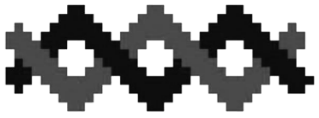
 History
History
 Vineyards
Vineyards
 Production
Production
 Tourism
Tourism
 Export
Export
